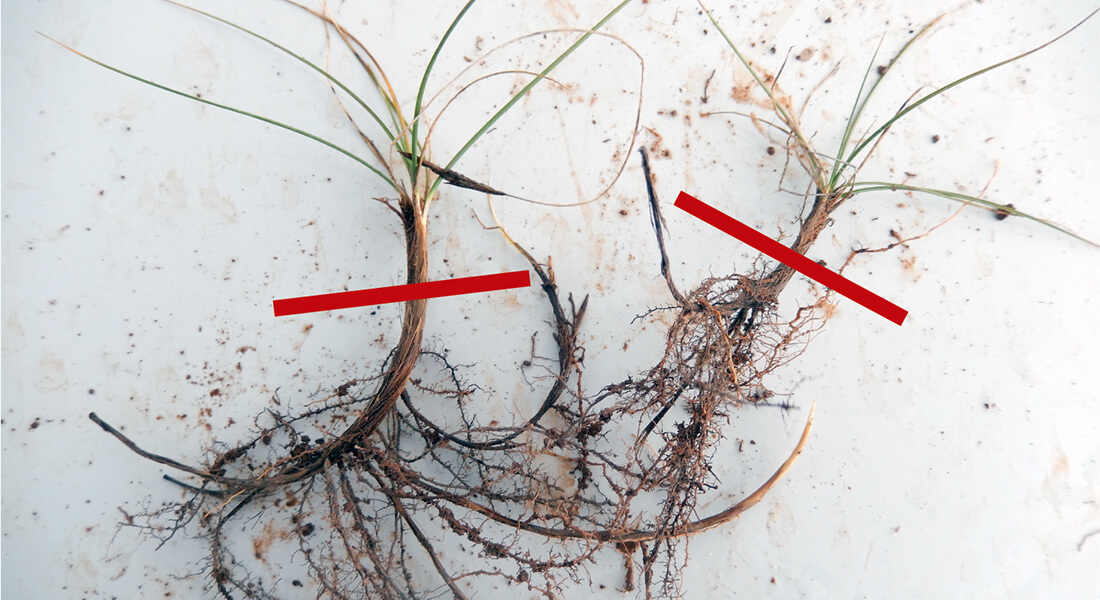Climate change and plant growth on the Tibetan Plateau
The ratio between above- and below-ground growth is shown here. For most polar plant species, the below-ground parts are larger than above-ground parts. The question is how the ratio has changed and will change in the future due to changes in climate.

Global warming over the last three decades has significantly altered patterns of plant growth on the Tibetan Plateau. Plants have been shown to adjust their growth trajectories in response to climate change. For example, by prioritizing growth of leaves and stems or the extension of their roots, plants can better capture nutrients from the Sun and atmosphere or the soil. These dynamics are particularly important to understand in permafrost regions, where substantial amounts of carbon dioxide are absorbed, stored, and emitted. However, the relationship between changes in above- relative to below-ground growth is not well understood.

A new international study including colleagues from Key Laboratory of Cryospheric Science and Frozen Soil Engineering, Northwest Institute of Eco-Environment and Resources, Chinese Academy of Sciences in Lanzhou (in Gansu, China) and Department of Geosciences and Natural Resource Management at University of Copenhagen, have collected and analyzed plant samples and meteorological data from eight sites across the continuous permafrost region of the Tibetan Plateau between 1995 and 2021. Results of the study show that plants in the alpine wetlands had more aboveground growth (a marked increase of 17%), while plants in the drier alpine meadows and steppes had more belowground growth (a decrease of 26% and 48%, respectively).
First-author and PhD student Hanbo Yun explains, that these trends were driven primarily by changes in soil temperature, an effect that increased three-fold over the study period. In the meadows and steppes, where water is more scarce than the wetlands, greater moisture in the soil made the plants more sensitive to temperature changes. Current ecosystem models were not able to reproduce these vegetation type specific observations. According to the authors, these results may be used to improve projections of carbon cycling in permafrost ecosystems.
LINK: Article #2023-14036:
https://doi.org/10.1073/pnas.2314036121
Further information please contact
Hanbo Yun, PhD student
Department of Geosciences and Natural Resource Management
University of Copenhagen
hanbo.yun@ign.ku.dk
Bo Elberling, professor
Department of Geosciences and Natural Resource Management
University of Copenhagen
+45 23 63 84 53
be@ign.ku.dk
